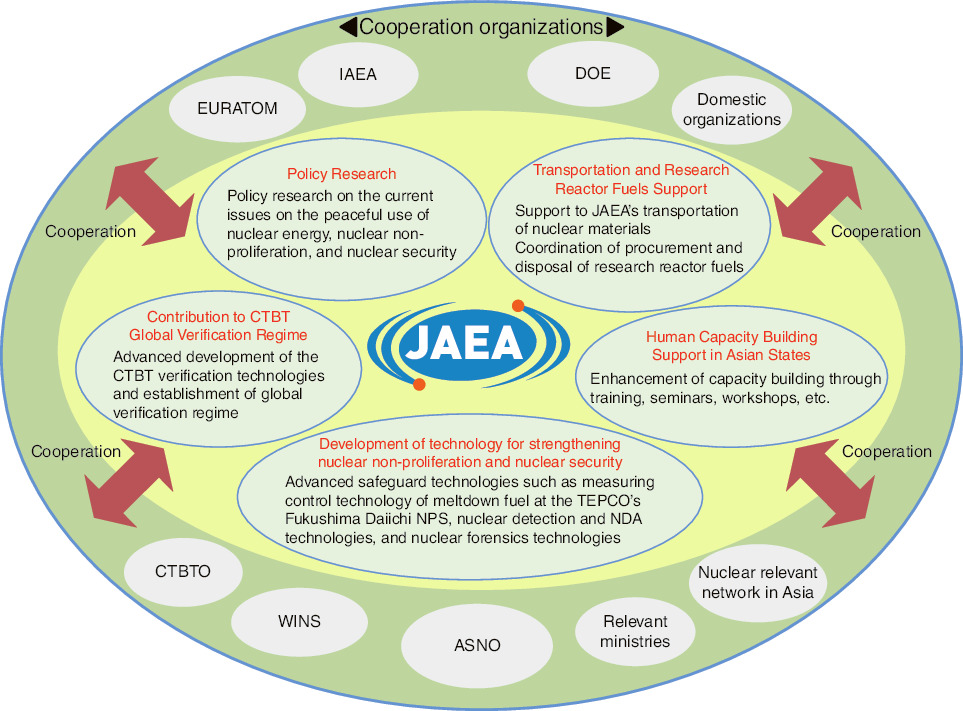
Fig.10-1 JAEA activities in developing science and technology for nuclear nonproliferation and nuclear security
The Integrated Support Center for Nuclear Nonproliferation and Nuclear Security (ISCN) has been conducting the following activities on technology and human capacity development related to nuclear nonproliferation and security. In these activities, the ISCN is cooperating with relevant domestic and overseas organizations (Fig.10-1).
Technology Development for Japanese and International Applications
We have been developing technologies that strengthen nuclear nonproliferation and security in accordance with domestic and international trends. For instance, the nondestructive assay technology to quantify the nuclear materials in fuel debris at the TEPCO’s Fukushima Daiichi NPS has been developing. We are also examining safeguards technologies for the possible direct disposal of spent fuel. We have been developing some basic technologies for nuclear measurement and nuclear detection, e.g. detection technology for nuclear materials contained in heavy shielded containers using nuclear resonance fluorescence analysis, nondestructive assay technology to measure various types of nuclear materials including high-radiation materials, monitoring technology for plutonium solutions containing fission products. Furthermore, we have been improving the accuracy and expediting the analysis of nuclear forensics technologies. We organized the international symposium on the future direction of nuclear forensics R&D in June 2017. At this symposium, we shared information on the needs on R&D and current status in each country, and increased public awareness of nuclear forensics.
Support for Government Policy Formulation Based on Our Technology Expertise
We researched the synergy effects on non-proliferation (safeguards) and nuclear security measures at nuclear-fuel cycle facilities. To enhance and promote both safeguards and nuclear security (collectively called 2Ss), we conducted an international trend survey on synergy effects. Various measurement and surveillance technologies, safeguarding equipment and information might be utilized for 2Ss purposes in future nuclear-fuel cycle facilities.
Support for Human Capacity Development
Based on the commitments of the Japanese government made at the Nuclear Security Summit in April 2010, we have supported human capacity development, especially among Asian states, since April 2011. The aim is to strengthen nuclear security in these countries. Until March 2017, approximately 3276 participants have benefitted from our seminars and training courses on nuclear security and safeguards, which we have held within and outside of Japan. The USA and Japanese governments have lauded the ISCN for its contribution to human development in the Asian region.
International Contributions Based on Our Expertise and Experience
To establish a global verification regime for nuclear tests, we have provisionally operated the facilities of the international monitoring system of the Comprehensive Nuclear-Test-Ban Treaty (CTBT), and a national data center. After the 5th nuclear test conducted by North Korea in September of 2016, JAEA analyzed and evaluated the data observed at the CTBT radionuclide monitoring stations, and reported the results to the national government and other agencies in a timely manner. In this way, we contributed to the national government’s evaluation based on the CTBT national operation system in Japan. In Topic 10-1, we discuss how medical radioisotope production facilities affect our observations of radioxenon isotopes (which are effective detection-indicators of underground nuclear tests).
Support for JAEA’s Transportation and Duties of Research Reactor Fuels
Our research and development centers comply with proper nuclear transportation. In particular, we have coordinated the procurement of fresh fuels for our research reactors, and the disposal of spent fuels. Through these activities, we have contributed to the Global Threat Reduction Initiative, which aims to strengthen global nuclear security by promoting the systematic return of highly enriched uranium to the USA.